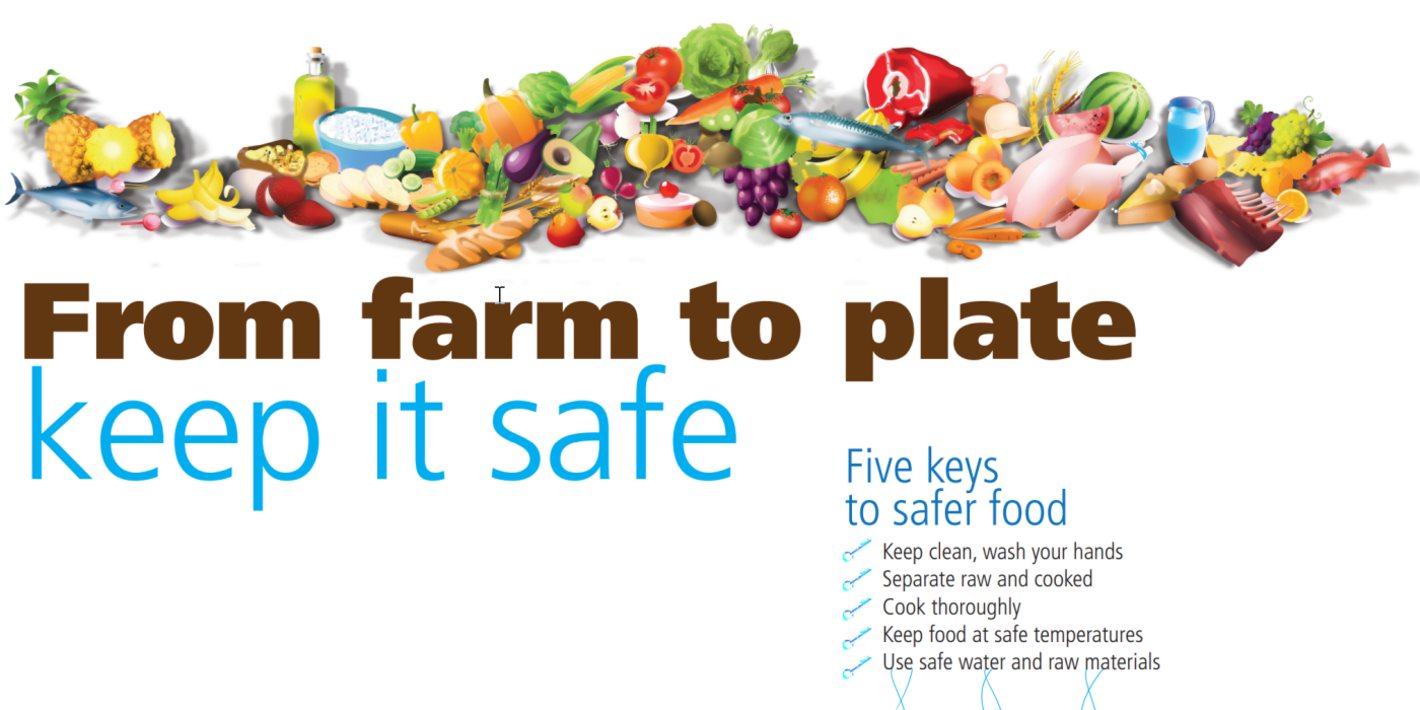
We all need food but are you sure that the food you eat is safe? Most of us take it for granted. But in fact food can become contaminated with harmful bacteria, viruses, parasites and chemicals that cause more than 200 diseases—from diarrhea to cancers. Today, on World Health Day, I want to share a few facts and recommendations about food safety with you.

In any given year, one in four people in the Americas suffers an episode of food poisoning. These incidents disproportionately affect vulnerable groups, especially children, pregnant women and the elderly. Moreover, lapses in food safety can have an impact not only on public health but on our countries' economies.
In the Americas, with our abundant food production, we need to prevent outbreaks through robust systems that ensure the right mix of standards, checks and practices to protect against food safety risks.
We at the Pan American Health Organization, Regional Office of the World Health Organization are working closely with countries throughout the Americas to achieve that mix by developing risk-based food safety systems that are sustainable and integrated. We promote the necessary laws and regulations, and strengthen food inspection and surveillance systems to ensure they are effective and cover the entire food chain, from farm to plate.
But while industry and regulatory systems are primarily responsible for these processes, we all have a role to play in ensuring food safety. Even food prepared at home can be a source of foodborne illness, if it's not handled properly. We need to adhere to the same food safety standards at home that we expect everyone else along the food chain to practice.
It is simple. Here are the five keys to food safety: keep clean, separate raw and cooked, cook thoroughly, keep food at safe temperatures, and use safe water and raw materials.
Remember, food safety is everyone's responsibility. Please join me in spreading our World Health Day message: "Safe food: from farm to plate, keep it safe!"
Carissa F. Etienne



